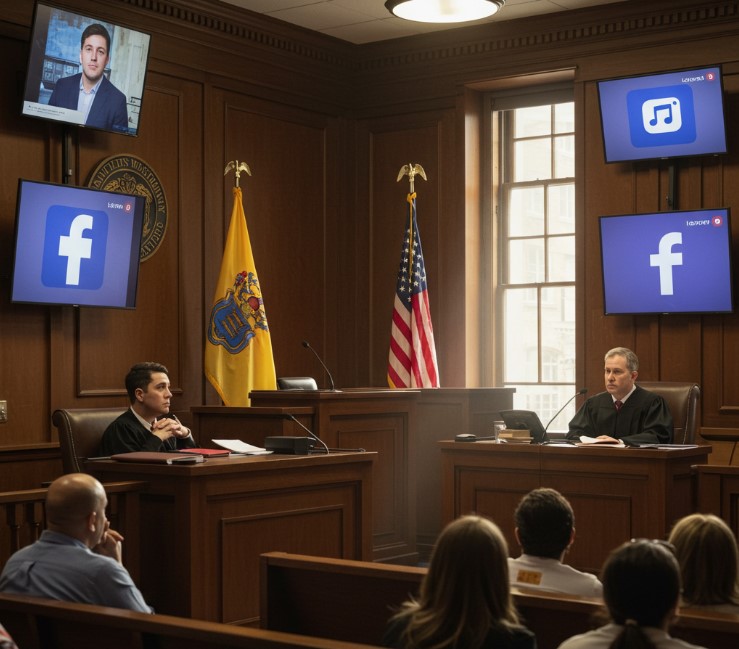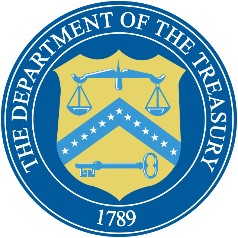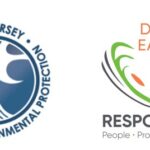A discussion discerning whether a bulkhead in a man-made lagoon has all the necessary permits in order to proceed with a Riparian Grant Application.
The N.J. Bureau of Tidelands Management demands that an Applicant applying for a Riparian Grant that would extinguish the State’s Riparian claim on the Applicant’s lot, must first prove that the existing waterfront improvements have the benefit of all the State’s required permits. More often than not, proving that the lot has all the required permits, or applying for legalization of the existing scene, is more burdensome and time consuming than the process to actually obtain the Riparian Grant. The inquiry must be made even if the lot fronts on a man-made lagoon.
Initially, the office of the New Jersey Attorney General opined in Formal Opinion No. 1 in 1951 that if a property owner digs a lagoon on his property in shore of the mean high water line, that it was not necessary to obtain a permit from the State pursuant to N.J.S. 12:3-21, as the activity was on private property landward of the mean high water line.
This Opinion was important guidance to waterfront owners in the State as N.J.S. 12:5-6 set forth that any development or improvement upon any waterfront area upon any navigable water or stream without first obtaining a Waterfront Development Permit shall be deemed to be a purpresture and a public nuisance and thereby subject to an action by the State.
The necessity to obtain a Waterfront Development Permit in man-made waterways was thereupon instituted by adoption of Waterfront Development Rules N.J.A.C. 7:7-2 as R.1980 d.375 effective September 26, 1980.
Discerning whether a bulkhead in a man-made lagoon has all its necessary State permits from September 26, 1980 to the present is a bit of science and a bit of art in that it will probably include many of the following acts:
- Completion of a Title Search from the present back to the record title owner(s) as of September 26, 1980 determining whether there is a metes and bounds description in the Deed in effect on September 26, 1980 calling for the bulkhead along the lagoon side of the lot. Then a search of all the owners’ names through the N.J.D.E.P. indexes of Applications for the issuance of a Waterfront Development Permit needs to be made.
- Ask the present owner for any documents or oral history the owner may have on the issue. If there is a suspicion that the neighbor’s bulkhead was built at the same time, obtain copies of whatever documents or oral history the neighbors are willing to share.
- File an Open Public Records Act request with the Construction Official in the Municipality in which the parcel is located, supplying the tax lot and block designation, the street address, the names and date of ownership of the owners back to September 26, 1980, in order to seek copies of any bulkhead Building Permits that may have been issued pursuant to the Uniform Construction Code N.J.S.A. 52:27D-119. Although a Building Permit from the Municipal Construction Official does not satisfy the State’s requirement that a State Waterfront Development Permit be issued, at least the Municipal Permit will evidence when the bulkhead was built.
- Order a Tidelands Claim Search to obtain the NJDEP Map Number for this lot. Then call the Tidelands section of the NJDEP and ask the staff to send a PDF copy of the 1978 base photo Aerial Map and the 1972 Wetlands Aerial Map. Is the existence of a bulkhead readily ascertainable on same?
- If you find an NJDEP Waterfront Development Permit was issued, your inquiry is not yet complete. Obtain a present-day Survey and compare the distance from street fronting on the lot to the face of the bulkhead with that distance on the Permit Map. Is it the same? If the present-day Survey shows a bulkhead face that is further from the street than the original Permit Map, then you will need to investigate whether a waterward bump-out of the bulkhead was thereafter made or whether the bulkhead was not installed in the permitted location.
- If you are convinced that the bulkhead was installed prior to September 26, 1980, you can apply to the NJDEP for an exemption from the regulations which call for the existence of a Waterfront Development Permit for the bulkhead pursuant to N.J.A.C. 7:7-2.3(h) and (g2), and N.J.A.C. 7:7-2.5. The review fee is $500.00 (N.J.A.C. 7:7-25.1(g)).
- If you are convinced that presently existing bulkhead on the man-made lagoon lot was installed after September 26, 1980 without the issuance of the required Waterfront Development Permit, you will have to file an Application for the issuance of a Permit for the construction of a bulkhead, which in this instance is, after the fact, pursuant to N.J.A.C. 7:7-6.6 which requires:
- The site is located on a substantially man-made lagoon.
- The bulkhead must be located at or above the spring high water line unless it is between two existing legally constructed bulkheads not more than 75 feet apart. In such cases, the connecting bulkhead shall not extend waterward of a straight line connecting the ends of the existing bulkheads;
- If the lot width is greater than 75 feet at the bulkhead, and if the lot has been filled beyond the Spring high water line, the NJDEP can require that the existing bulkhead be removed and lands restored back to the Spring high water line;
- There can be no disturbance to wetlands during construction;
- The bulkhead must be located inshore of any wetlands;
- A minimum 10-foot return shall be constructed at each end of the bulkhead unless it is tied into an existing adjacent bulkhead;
- Clean fill from an upland source or the dredged material removed as part of the bulkhead installation, provided such dredged material meets the criteria for structural or non-structural fill material, and is managed in accordance with Appendix G, shall be used for backfill;
- Public access shall be provided in accordance with the lands and waters subject to public trust rights rule, N.J.A.C. 7:7-9.48, and the Public Access Rule, N.J.A.C. 7:7-16.9. The present public access requirements provide that in an existing residential development, where the proposed activity consists solely of structural shore protection, no public access is required if there is no public access on site and no Municipal Public Access Plan is in place requiring public access in existing residential developments. N.J.A.C. 7:7-16.9(n)(2).
Furthermore, if the existing bulkhead is located in a shellfish habitat ((.2 shellfish per square foot) N.J.A.C. 7:7-9.2(A)(1)), that is classified as prohibited from harvesting (N.J.A.C. 7:7-9.2(c) the Applicant must prove that the bulkhead is constructed of non-polluting materials (N.J.A.C. 7:7-9.2(d)(3)(i)(l)).
With all the required permits proven or in hand, one can then so notify the NJDEP Bureau of Tidelands Management that the Tidelands Grant Application can proceed.













